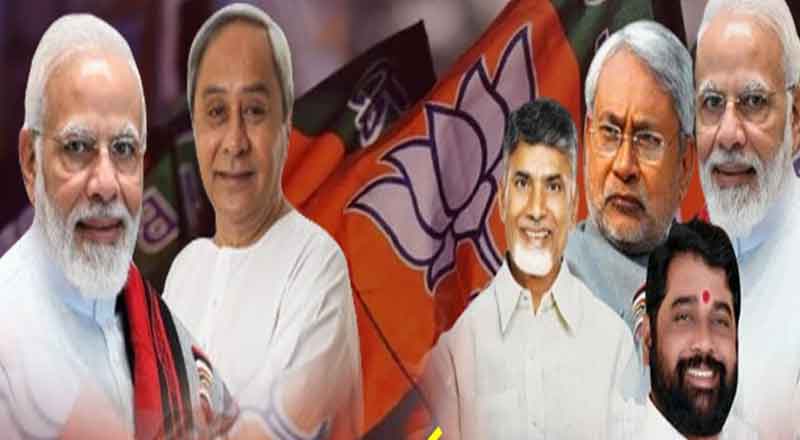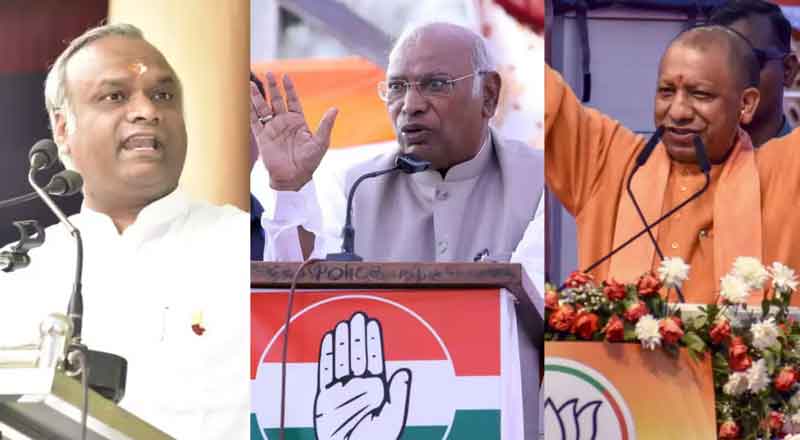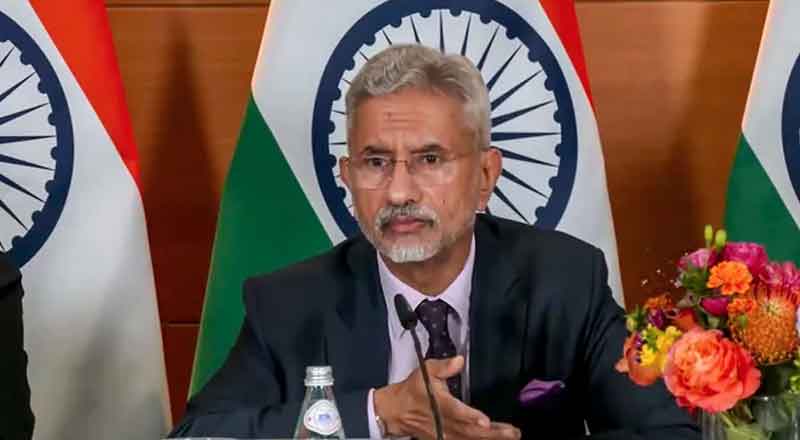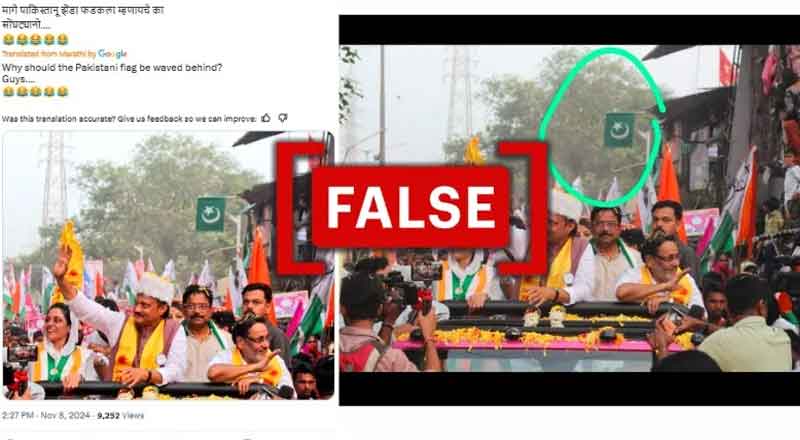- The BJP and the BJD are on the brink of resurrecting their once-potent alliance after a hiatus of fifteen years.
- The prospective reconstitution of the BJP-BJD alliance deals a significant blow to the Congress-led INDIA block.
- A pivotal meeting between senior BJP leaders and top party brass has paved the way for discussions on the alliance’s strategic trajectory.
- Debi Prasad Mishra, BJD vice president, echoed the alliance’s shared commitment to catalyzing Odisha’s progress, echoing Patnaik’s transformative agenda.
- As negotiations unfold, reports indicate a consensus emerging on a revised seat-sharing arrangement tailored for both assembly and Lok Sabha polls.
- The BJD’s strategic support bolstered the NDA government, facilitating the passage of critical legislation in the Rajya Sabha, despite occupying opposition benches.
In a development poised to redefine Odisha’s political landscape, the Bharatiya Janata Party (BJP) and the Biju Janata Dal (BJD) are on the brink of resurrecting their once-potent alliance after a hiatus of fifteen years. This anticipated reunion not only signals a strategic realignment but also holds profound implications for the forthcoming Lok Sabha and Assembly elections, underscoring the resurgence of the National Democratic Alliance (NDA) in the region.
The prospective reconstitution of the BJP-BJD alliance deals a significant blow to the Congress-led INDIA block, positioning the revitalized coalition as a formidable force set to wield considerable influence in Odisha’s electoral arena. With 147 assembly seats and 21 Lok Sabha seats up for grabs, the collaborative resurgence augurs well for a consolidated power base and strategic maneuvering in the state’s political landscape.
A pivotal meeting between senior BJP leaders and top party brass has paved the way for discussions on the alliance’s strategic trajectory. Following these deliberations, the BJD reaffirmed its unwavering commitment to decisions that align with Odisha’s best interests, highlighting Chief Minister Naveen Patnaik’s pivotal role in steering the party’s course.
Under Patnaik’s stewardship, the BJD has articulated a visionary roadmap for Odisha’s future, emphasizing the imperative of achieving significant milestones by the state’s centenary in 2036. This forward-looking approach underscores a collective endeavor aimed at fostering the state’s holistic development and advancing the welfare of its populace.
Debi Prasad Mishra, BJD vice president, echoed the alliance’s shared commitment to catalyzing Odisha’s progress, echoing Patnaik’s transformative agenda. With the centenary celebrations looming on the horizon, the alliance is poised to channel its energies toward realizing Odisha’s full potential and ushering in an era of sustainable growth and prosperity.
As negotiations unfold, reports indicate a consensus emerging on a revised seat-sharing arrangement tailored for both assembly and Lok Sabha polls. In this envisioned agreement, the BJP is positioned to contest 12-14 Lok Sabha seats, while the BJD anticipates securing 7-9 constituencies. Conversely, in the assembly realm, the BJP aims for 40-50 seats, with the BJD eyeing approximately 100 seats, subject to finalization.
Reflecting on the electoral landscape of 2019, the BJD emerged triumphant in both Lok Sabha and Assembly polls, solidifying its stronghold in Odisha’s political landscape. The BJP’s commendable gains positioned it as a credible contender, while the Congress witnessed a waning influence and diminished electoral fortunes.
The historical trajectory of the BJP-BJD alliance underscores its resilience and significance in shaping Odisha’s political narrative. Established in 1998, the alliance witnessed a string of electoral victories, marked by shared governance and collaborative initiatives. However, divergent paths emerged due to failed seat-sharing negotiations, leading to a temporary estrangement.
Despite the hiatus, past instances of cooperation between the BJD and the NDA underscore the potential for synergistic endeavors. The BJD’s strategic support bolstered the NDA government, facilitating the passage of critical legislation in the Rajya Sabha, despite occupying opposition benches.
In essence, the resurgence of the BJP-BJD alliance heralds a new chapter in Odisha’s political journey, characterized by strategic collaboration and a shared vision for progress. As the electoral landscape evolves, the alliance’s strategic maneuvers are poised to redefine the contours of power and governance in the state, charting a transformative course for Odisha’s future trajectory.
(With inputs from agencies)





